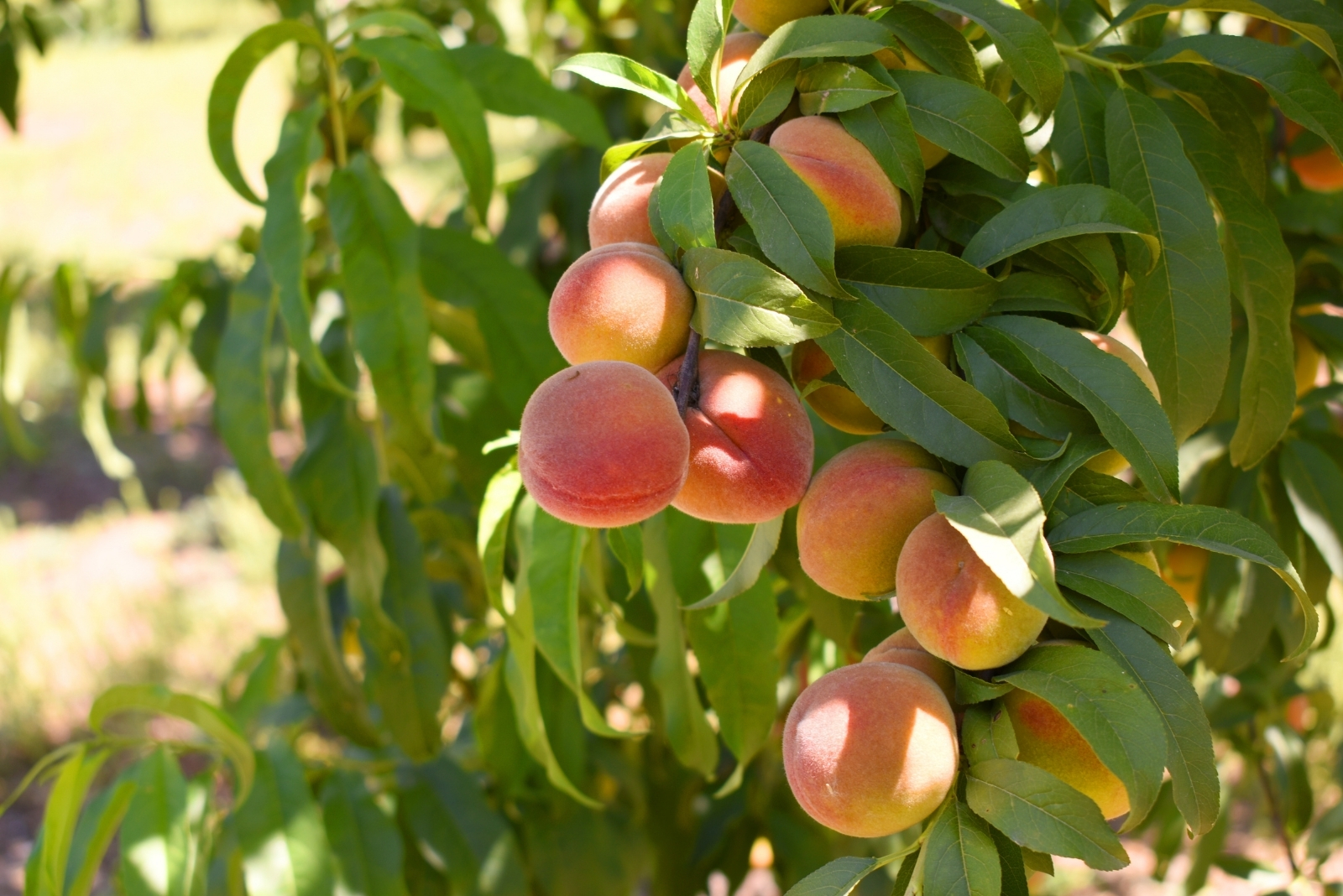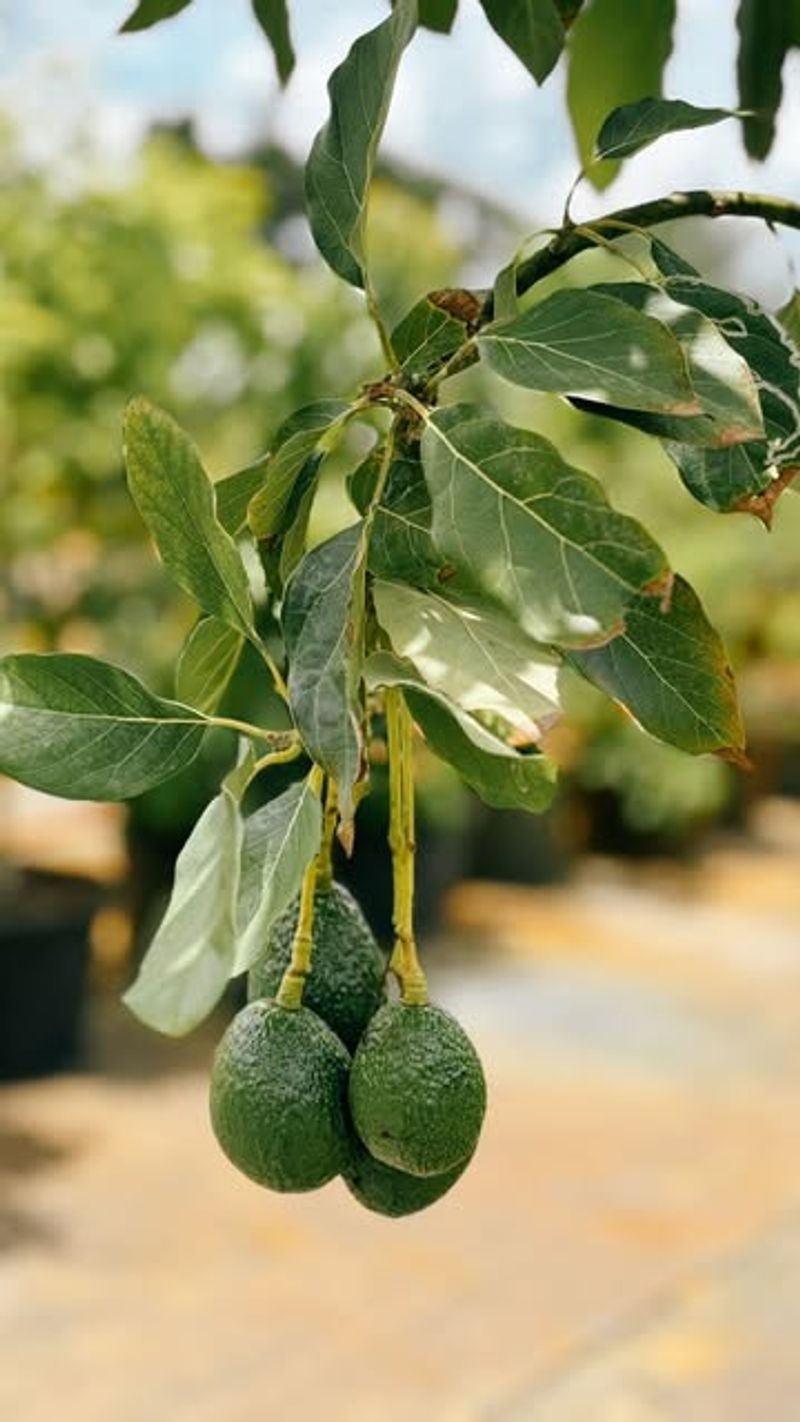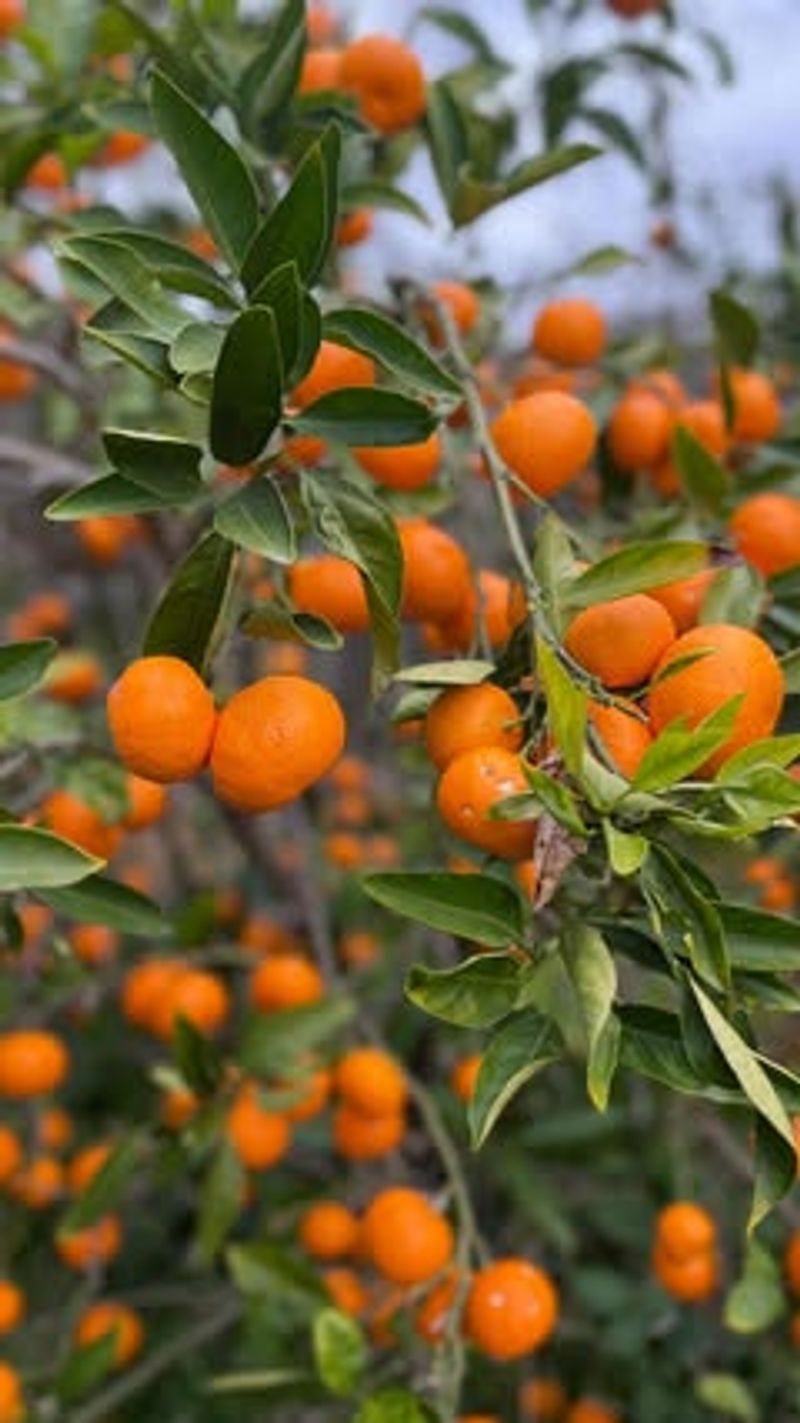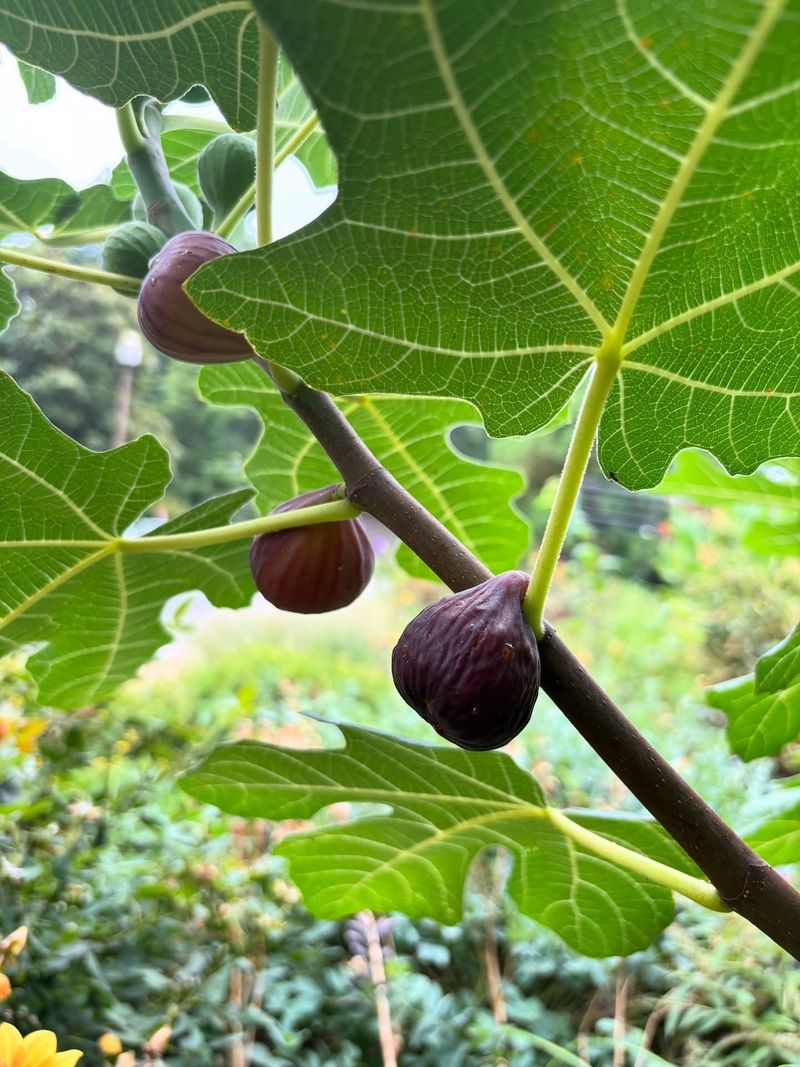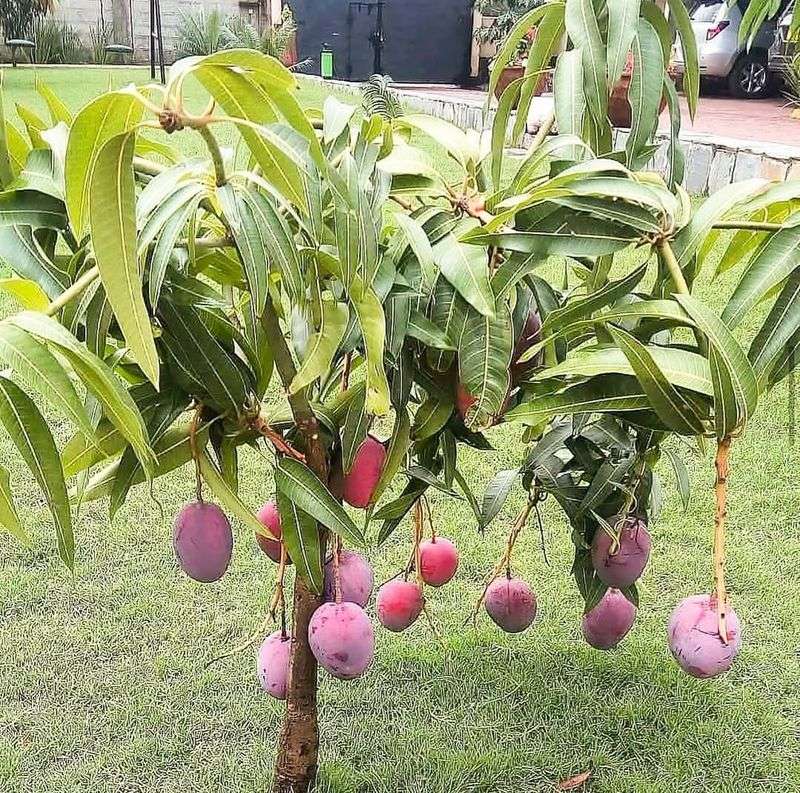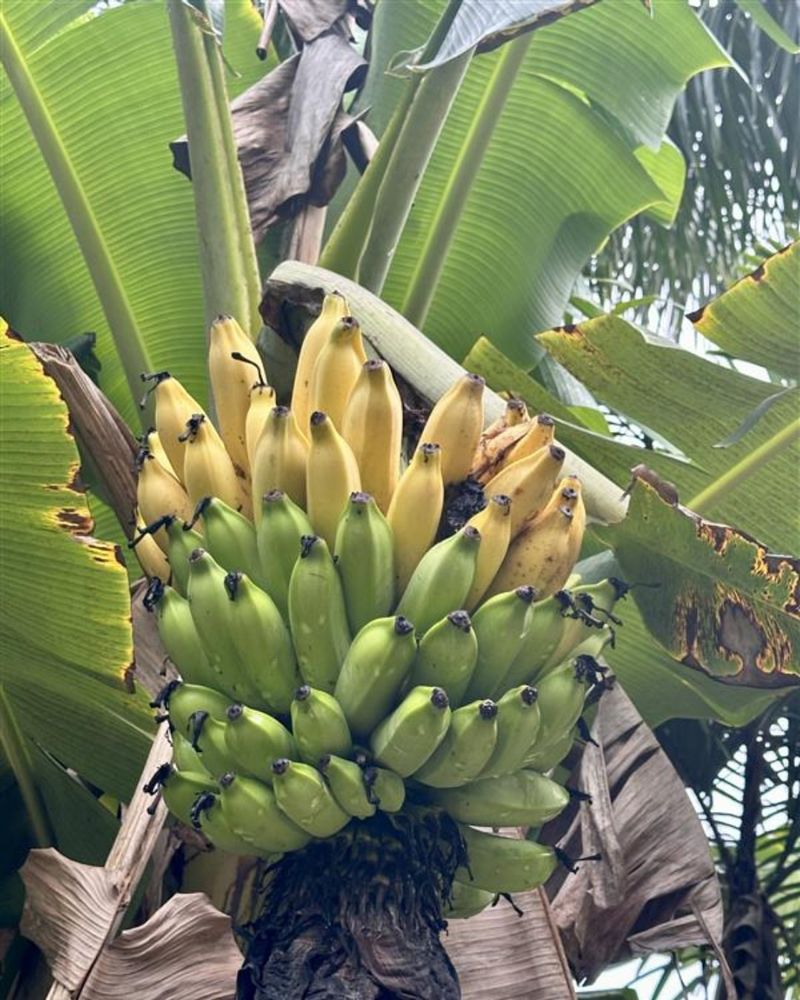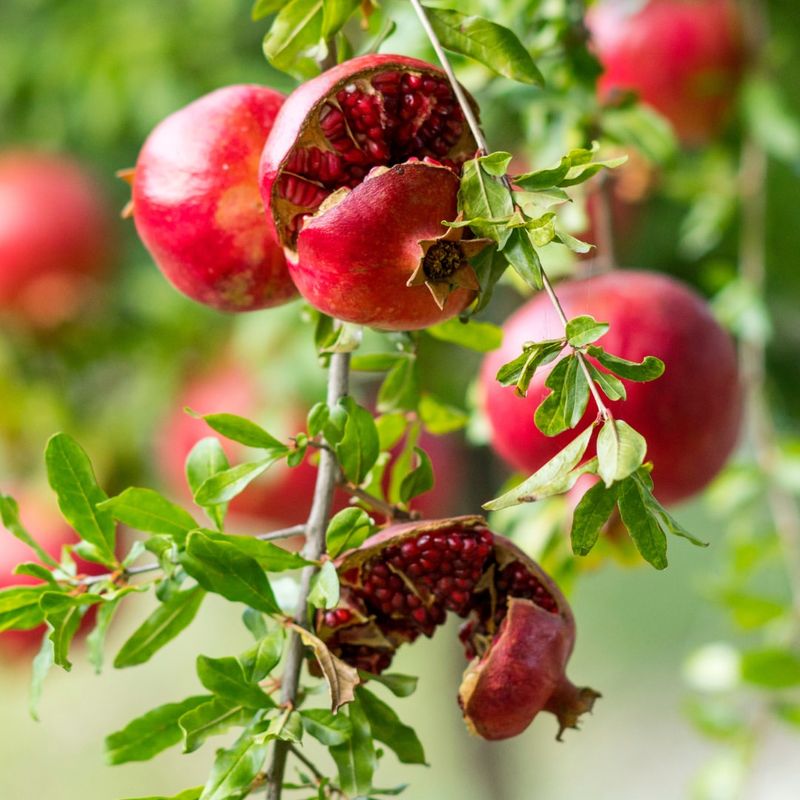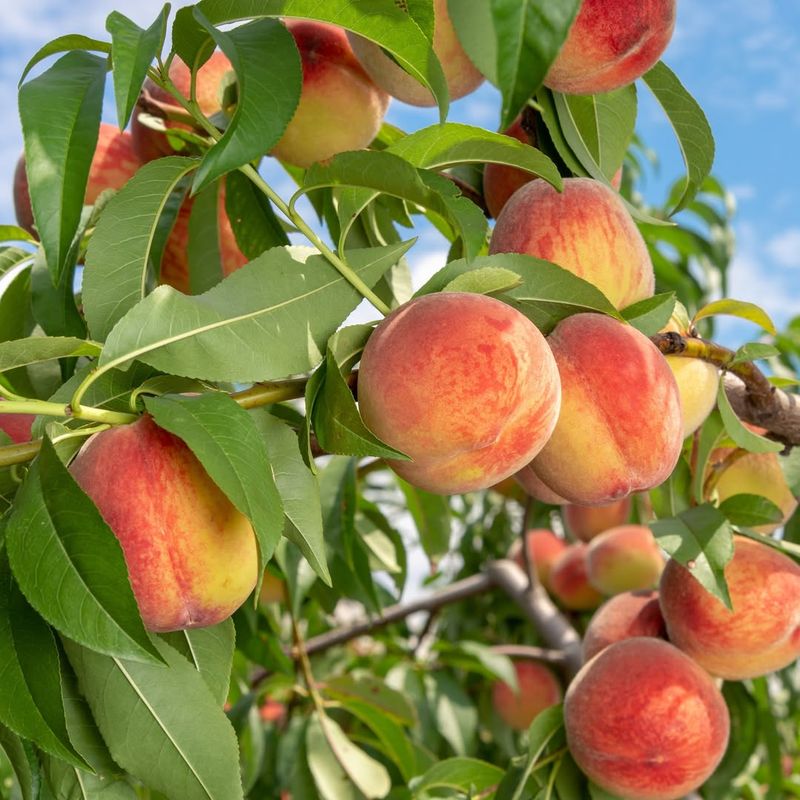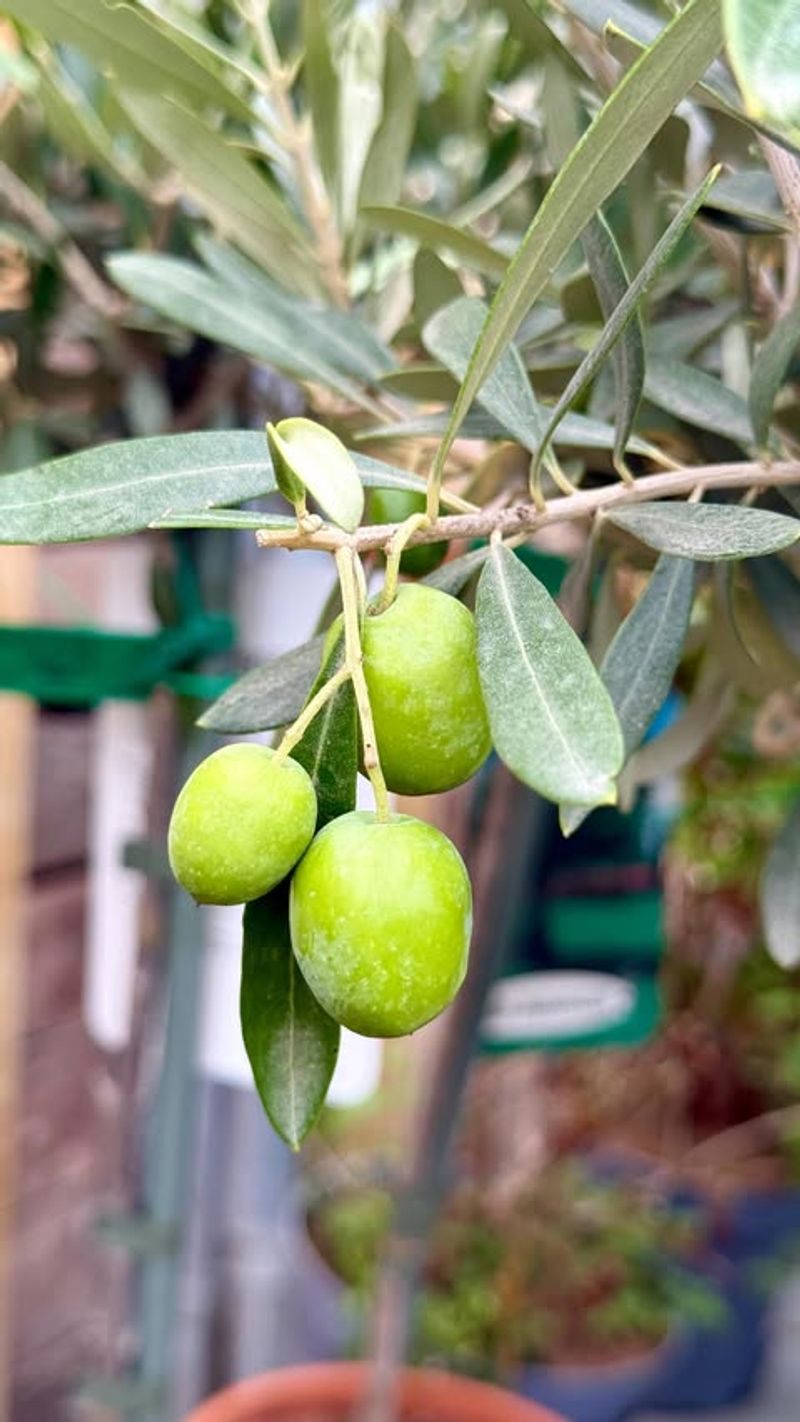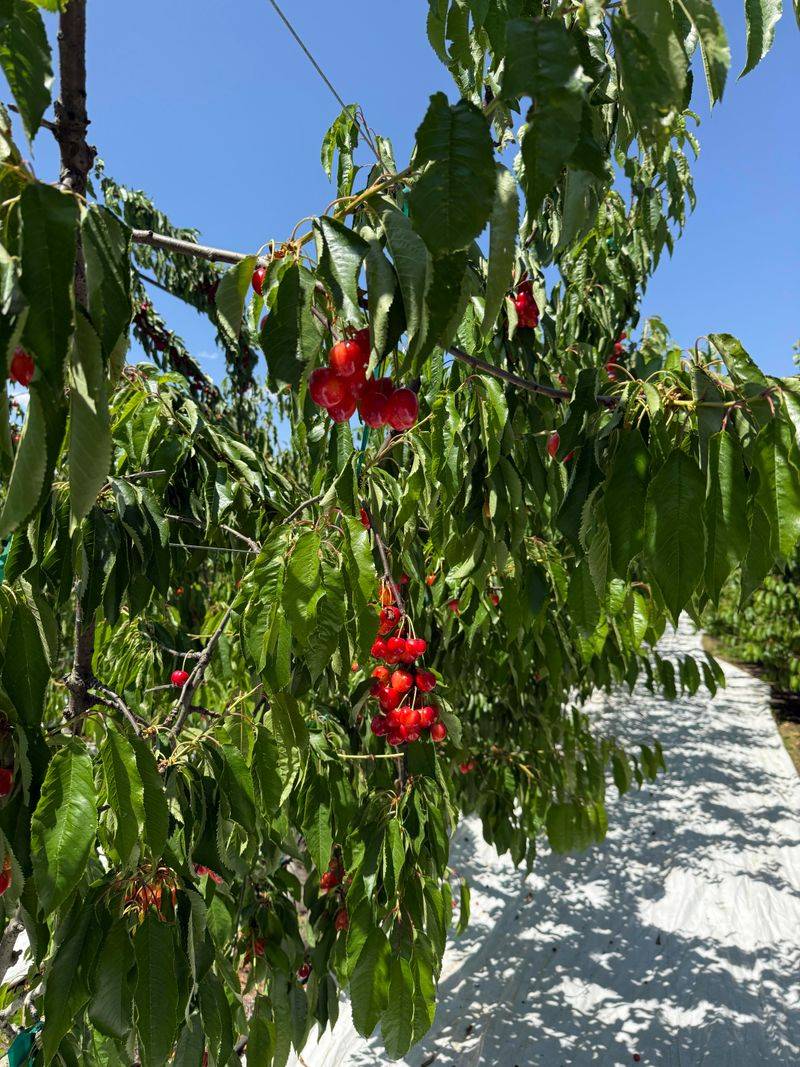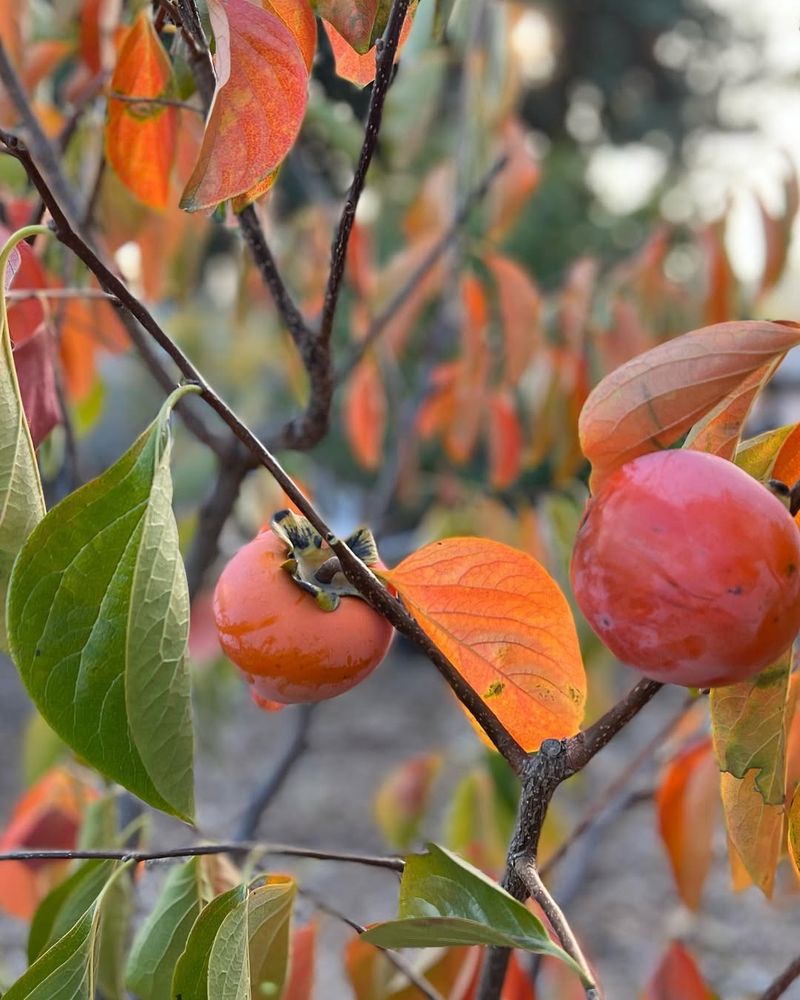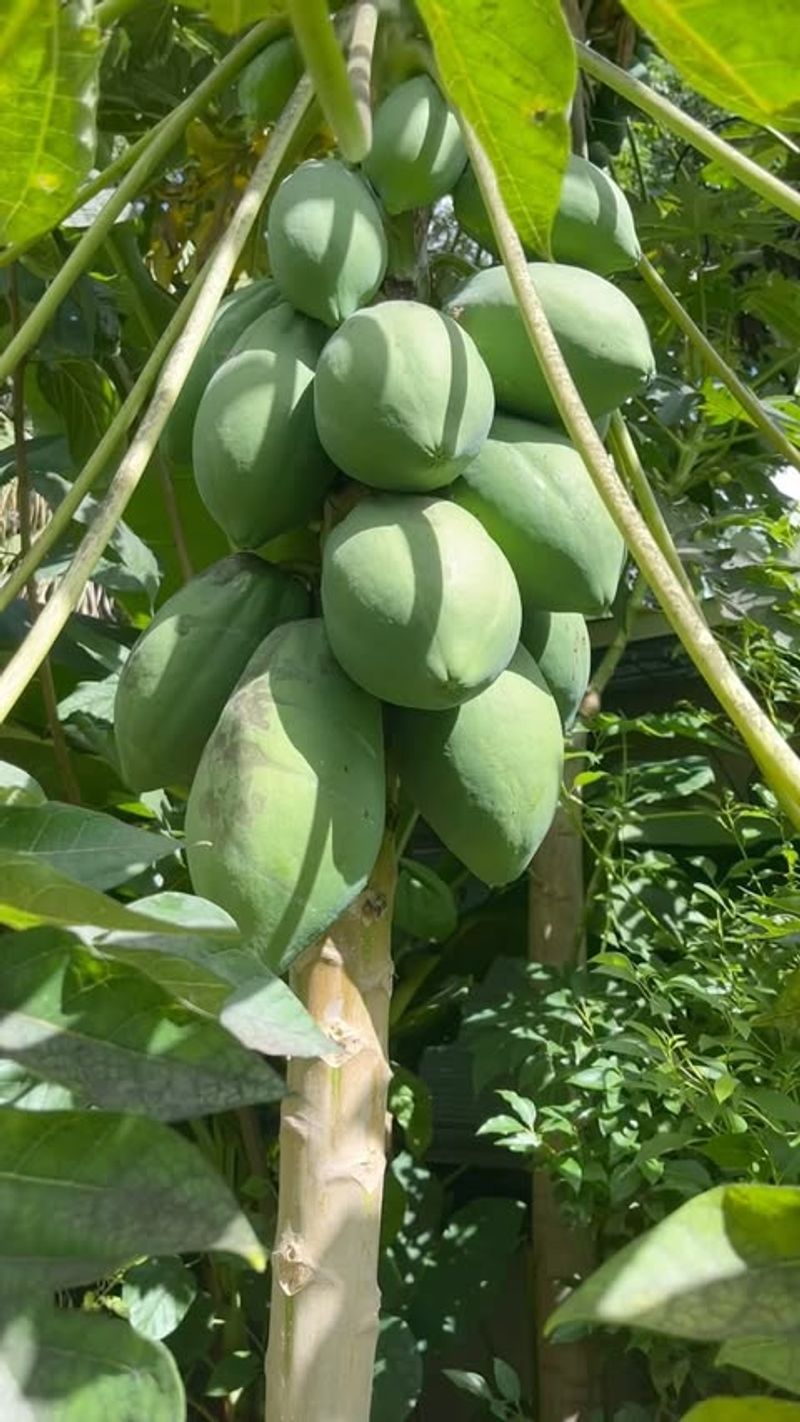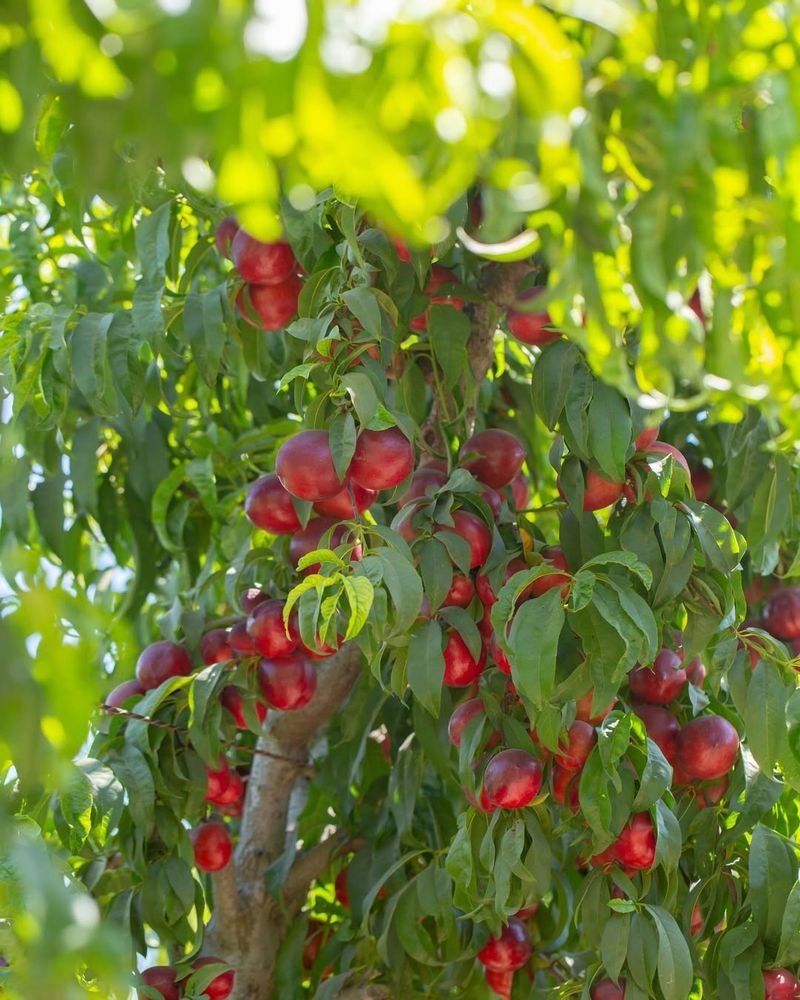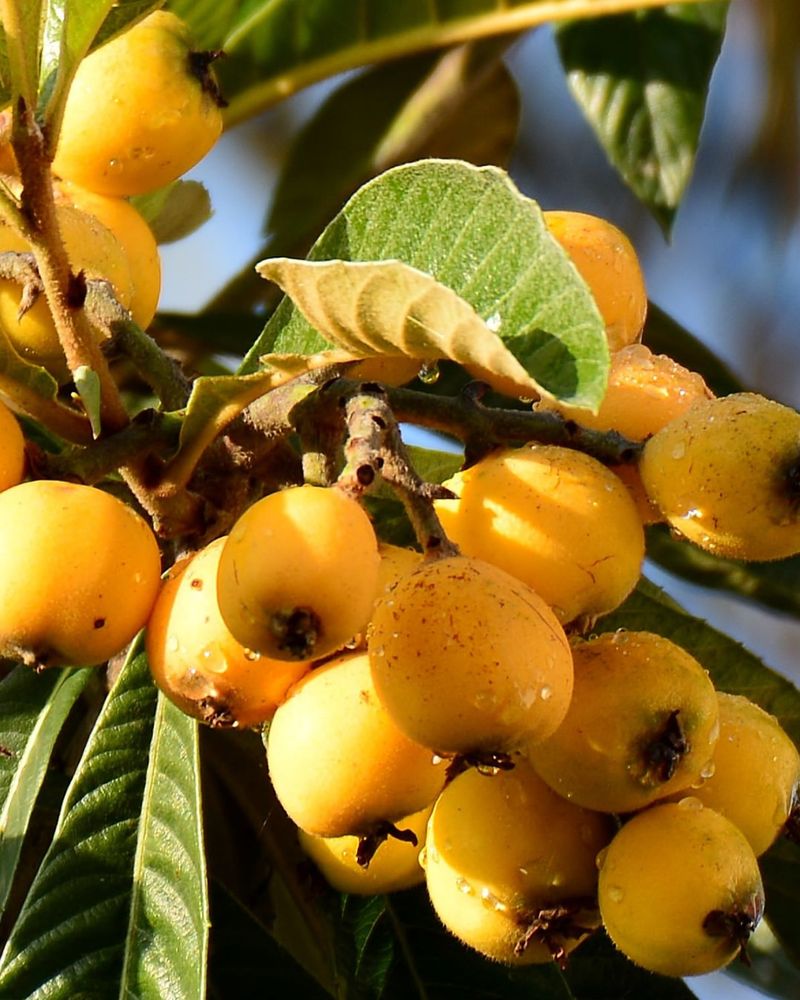Wisconsin’s winters are no joke, and not every fruit tree can handle the challenge. Some trees simply can’t stand up to the cold or the short growing season.
Trying to grow them usually ends in disappointment. Here are 13 fruit trees better left off the list if you’re gardening in Wisconsin.
1. Avocado
Growing these tropical favorites in Wisconsin is nearly impossible without a greenhouse. The bitter cold winters that sweep through the state will kill an avocado tree before it produces a single fruit.
Even indoor specimens rarely thrive in our northern conditions. Wisconsin gardeners would need artificial lighting, precise humidity control, and constant temperature monitoring just to keep these tropical trees alive.
2. Citrus
Forget about backyard lemons or oranges in America’s Dairyland! These sunshine-loving trees simply can’t handle Wisconsin’s freezing temperatures and limited sunlight during winter months.
Most citrus varieties die when temperatures drop below 25°F, making outdoor cultivation impossible. Wisconsin gardeners occasionally keep dwarf varieties as houseplants, but fruit production remains challenging even indoors.
3. Fig
The Mediterranean climate where figs naturally thrive is worlds away from Wisconsin’s harsh winters. Without extraordinary protection measures, fig trees typically die back to the ground each winter in our state.
Some dedicated Wisconsin gardeners wrap their fig trees in burlap and insulation or grow them in containers they can bring indoors. Even with these efforts, consistent fruit production remains elusive in our northern climate.
4. Mango
Tropical by nature, mango trees start showing stress symptoms when temperatures drop below 40°F. Wisconsin’s winter temperatures, often plunging well below zero, make outdoor cultivation absolutely impossible.
Even as houseplants, mangoes struggle with our state’s low winter humidity and limited natural sunlight. Few Wisconsin gardeners have the specialized greenhouse conditions necessary to keep these tropical trees alive long-term.
5. Banana
Despite their tree-like appearance, bananas are actually giant herbs that absolutely cannot tolerate frost. Wisconsin’s climate is completely unsuitable for these tropical plants that need constant warmth to survive.
Some gardeners in our state grow ornamental banana varieties as summer patio plants. When autumn arrives in Wisconsin, these specimens must come indoors or they’ll turn to mush with the first freeze.
6. Pomegranate
Native to regions with hot, dry summers and mild winters, pomegranate trees face multiple challenges in Wisconsin. Our humid summers can trigger fungal issues while winter temperatures regularly drop below what these trees can tolerate.
Though slightly hardier than some tropical fruits, pomegranates rarely produce well in Wisconsin. The growing season in our northern state is simply too short for the fruits to properly mature before frost arrives.
7. Peach
Early-blooming peach trees frequently have their blossoms killed by Wisconsin’s late spring frosts. This timing mismatch means many years pass without any fruit production at all in our state.
Cold hardiness is another major issue for peach trees in Wisconsin. Even when dormant, many peach varieties suffer winter damage when temperatures drop below -10°F, a common occurrence in our northern climate.
8. Olive
Mediterranean olive trees evolved for dry, mild winters and hot summers – essentially the opposite of Wisconsin’s climate pattern. Our state’s cold, wet winters are deadly for these drought-adapted trees.
Wisconsin gardeners occasionally grow dwarf olives as container specimens they can move indoors for winter. Even with this protection, the limited sunlight during our northern winters stresses these sun-loving trees considerably.
9. Sweet Cherry
Commercial sweet cherry production is notably absent in Wisconsin for good reason. These trees bloom extremely early, making their delicate flowers highly vulnerable to our state’s unpredictable spring frosts.
Wisconsin’s humid summers present additional challenges, promoting fungal diseases that sweet cherries easily succumb to. While sour cherries thrive in our climate, their sweeter cousins remain frustratingly difficult for most Wisconsin gardeners.
10. Persimmon
American persimmon varieties might survive Wisconsin winters, but the Asian types that produce the popular large fruits rarely thrive in our northern climate. The wood often suffers winter damage even when the tree survives.
Wisconsin’s growing season creates another problem for persimmons. These trees need a long, warm autumn for fruits to properly ripen – something our state’s early frosts rarely allow.
11. Papaya
Fast-growing papayas are treated as annuals even in warm climates because they’re so frost-sensitive. Wisconsin’s freezing temperatures make outdoor cultivation completely impossible throughout our state.
Some adventurous Wisconsin gardeners experiment with papayas as houseplants, but few succeed. These tropical trees need intense light, high humidity, and warm temperatures that are difficult to maintain during our northern winters.
12. Nectarine
Closely related to peaches, nectarines face identical challenges in Wisconsin’s climate. Their early bloom time means flower buds are routinely killed by late frosts throughout our state.
Wisconsin winters frequently damage nectarine wood even when trees are dormant. Most varieties lack sufficient cold hardiness for our northern climate, making fruit production inconsistent at best and impossible in many years.
13. Loquat
Unusual flowering timing makes loquats particularly unsuited for Wisconsin gardens. Unlike most fruit trees, they bloom in autumn and develop fruit through winter – precisely when our state experiences freezing temperatures.
Wisconsin’s climate offers no possibility for outdoor loquat cultivation. Even as houseplants, these trees struggle with our northern winter’s low light conditions and dry indoor air.

